Dock
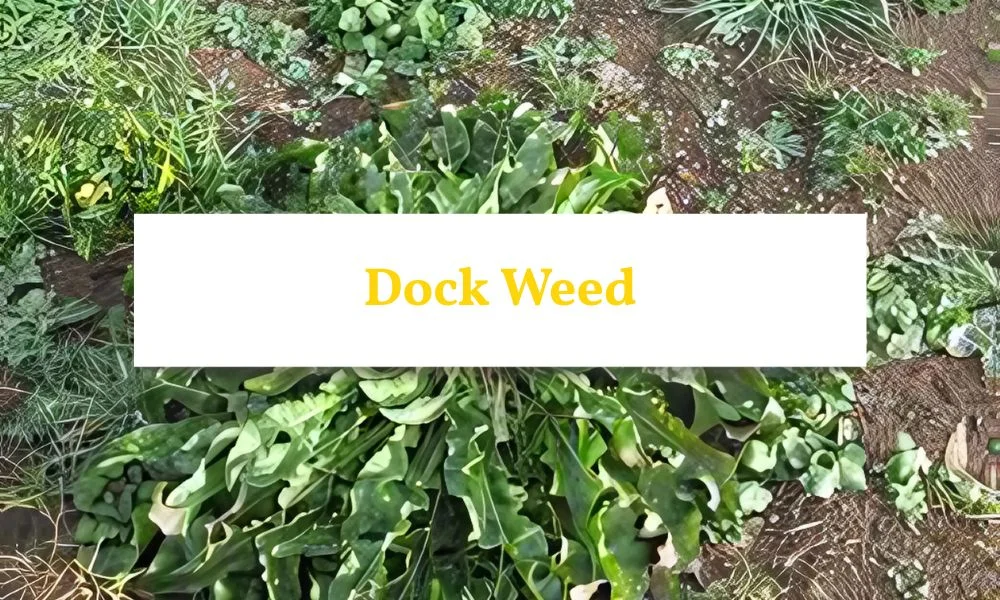
What Is Dock Weed?
Dock (Rumex spp.), including curly dock (Rumex crispus) and broadleaf dock (Rumex obtusifolius), is a perennial weed belonging to the buckwheat family (Polygonaceae). It is commonly found in pastures, lawns, roadsides, and disturbed areas. Dock is known for its deep taproot, wavy-edged leaves, and ability to thrive in moist or compacted soils. Its resilience and prolific seed production make it a persistent problem in many environments.
Characteristics of Dock
-
Appearance: Dock grows as a basal rosette of leaves with wavy or curled edges. The leaves are hairless and range from green to reddish-brown as the plant matures.
-
Leaves: Curly dock has narrow, elongated leaves with wavy margins, while broadleaf dock has wider leaves with a heart-shaped base.
-
Flowers: Small green flowers grow in dense clusters on tall stems that can reach up to 1.5 metres in height.
-
Taproot: Dock has a strong, fleshy taproot that can penetrate deeply into the soil, making it difficult to remove completely.
-
Seed Production: Each plant can produce thousands of seeds annually, which remain viable in the soil for decades.
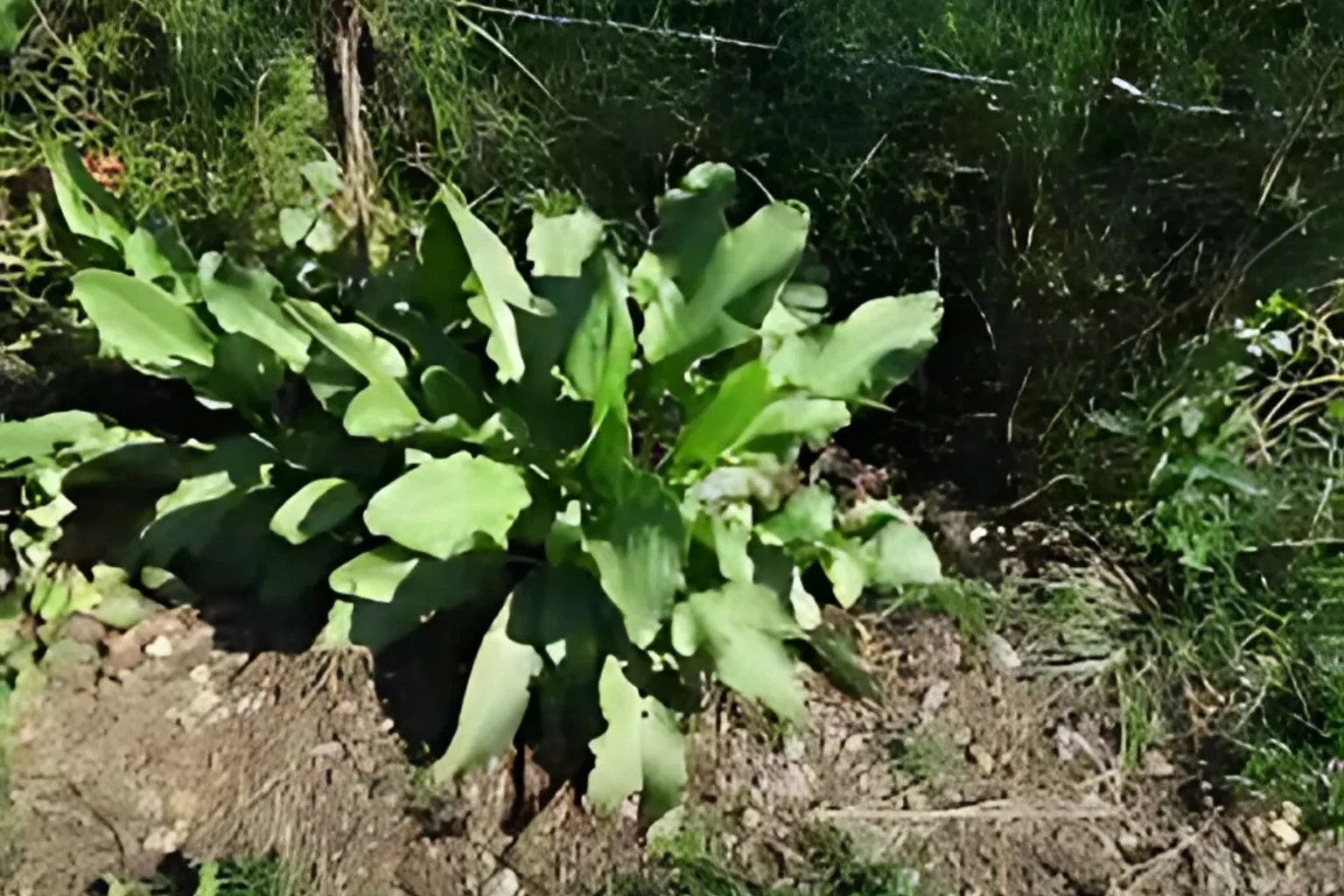
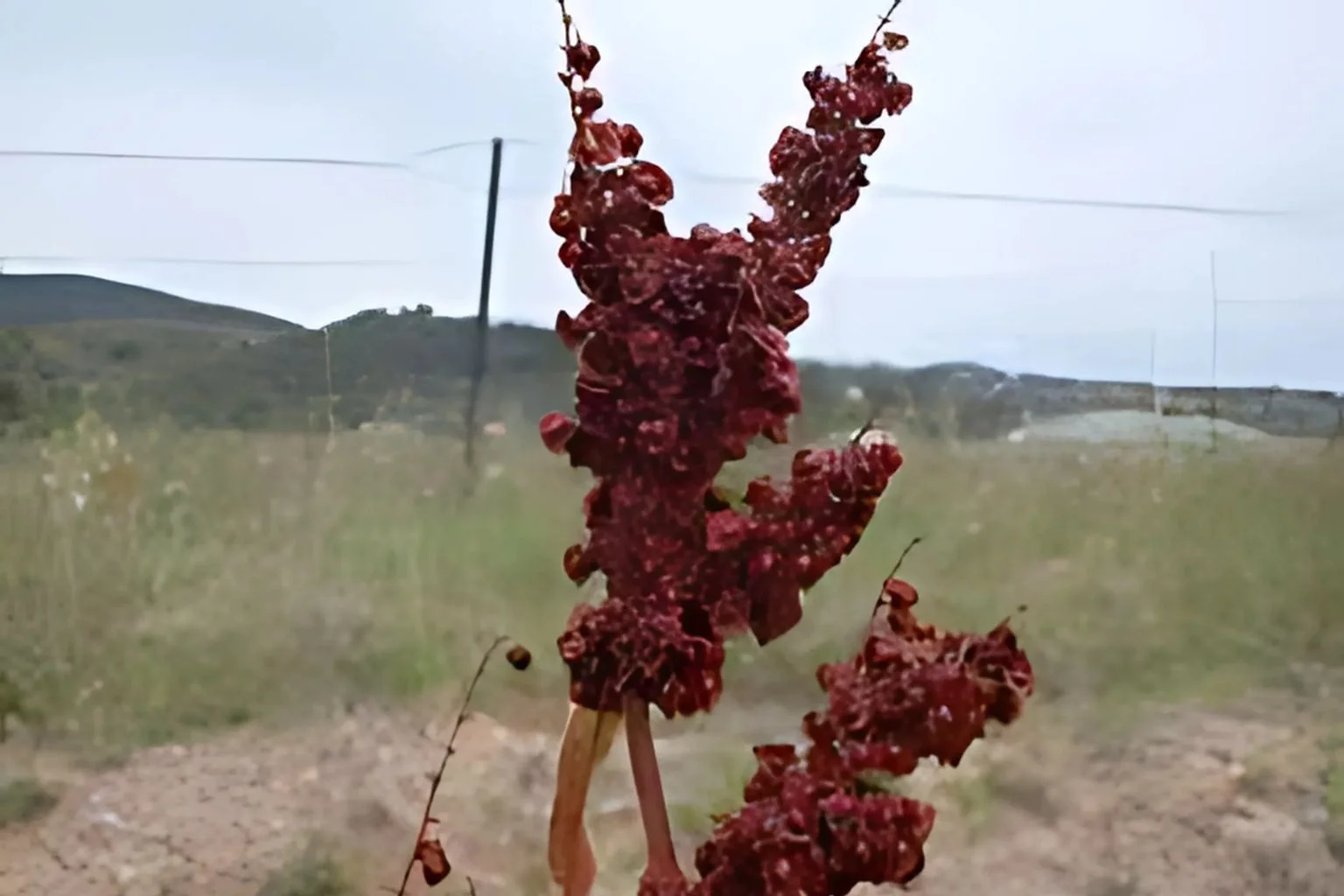
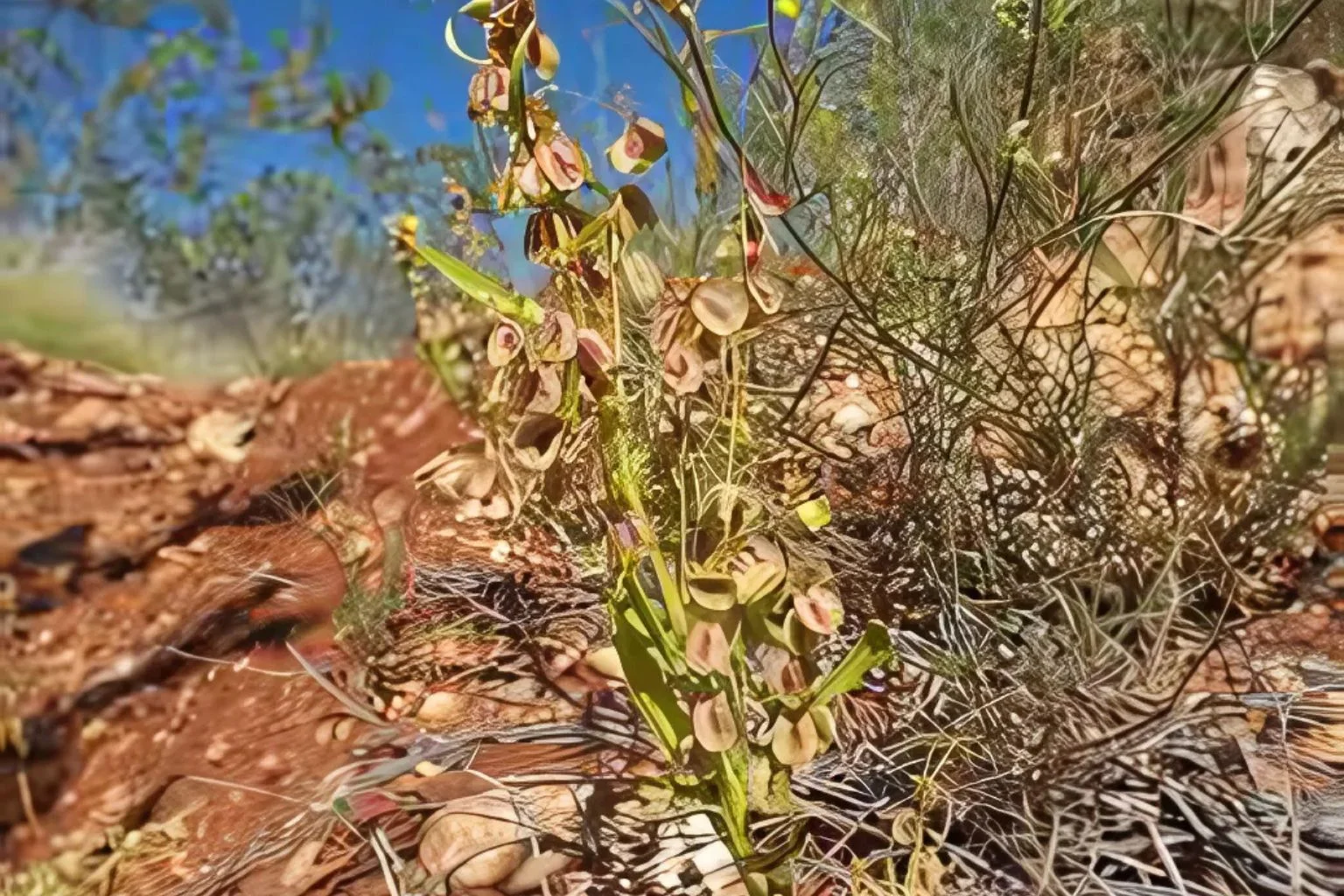
Why Is It A Problem?
Dock poses a challenge in gardens and pastures because it competes with desirable plants for vital resources like nutrients, water, and space. Its deep taproot helps it withstand drought and regenerate even after mowing or cutting. To make matters worse, its seeds spread easily via wind, water, animals, and equipment, making it tough to manage once established.
How to Identify Dock Weed
Dock leaves are easily identified by their wavy or curled edges and smooth texture. Curly dock leaves are long and narrow with crisped margins, while broadleaf dock leaves are wider with heart-shaped bases. The leaves grow in a basal rosette during early stages and alternate along the stem as the plant matures.
Effective Methods
How to Get Rid of Dock Leaves
Cultural Practices
-
Improve Soil Health: Aerate compacted soils and improve drainage to create conditions less favourable for dock growth. Adding organic matter can also enhance soil structure.
-
Encourage Dense Vegetation: Maintain healthy turf or pastures to outcompete dock by reducing space for seedlings to establish.
Mechanical Control
-
Hand-Digging: For small infestations, dock can be removed manually by digging out the entire taproot. This method is effective but labour-intensive.
-
Mowing: Regular mowing can prevent flowering and seed production but will not eliminate established plants due to their deep roots.
Chemical Control
-
Dock Herbicide: Use selective herbicides containing active ingredients like 2,4-D or dicamba for effective control of dock without harming grasses. Glyphosate can be used for spot treatments in non-turf areas but will kill surrounding vegetation.
-
Timing of Application: Apply herbicides during active growth in spring or early autumn when the plant is most vulnerable. Follow label instructions carefully for safe and effective use.
Preventative Measures
-
Seed Prevention: Remove flowering plants before they set seed to limit future infestations.
-
Regular Monitoring: Check fields and lawns regularly for new dock growth and act quickly to remove young plants.
Chemical Control Options
As said, you can choose from selective herbicides to tackle your Dock Leaves or weeds problems. Among your options are:
Dicamba-M Selective Herbicide – Superway
Dicamba-M by Superway is a smart choice for tackling stubborn broadleaf weeds like dandelions, bindii, clover, thistle, and cudweed. This selective herbicide targets weeds without harming your lawn or crops, making it perfect for lawns, golf courses, and cereal crops like wheat and barley. It’s fast-acting, effective, and built for long-lasting results.
Yates Bindii & Clover Weeder Concentrate
Yates Bindii & Clover Weeder Concentrate is a reliable solution for removing common lawn weeds like bindii, clover, and dandelions. This selective herbicide works effectively on a wide range of lawn types (excluding buffalo grass), helping you maintain a healthy, weed-free lawn. Its easy-to-use, economical formula makes lawn care simple and effective.
Yates Weedkiller For Lawns RTU
Tired of dandelions and other pesky weeds ruining your lawn? Yates Weedkiller for Lawns RTU makes it easy to get rid of bindii, clover, dandelions, and more—without damaging your grass. Its ready-to-use formula comes with a built-in wetting agent for better coverage and fast results, giving you a cleaner, healthier lawn with minimal effort.
NOTE: If you want to use chemicals for spot treatments in non-turf areas, you may opt for Glyphosate Weed Killers.
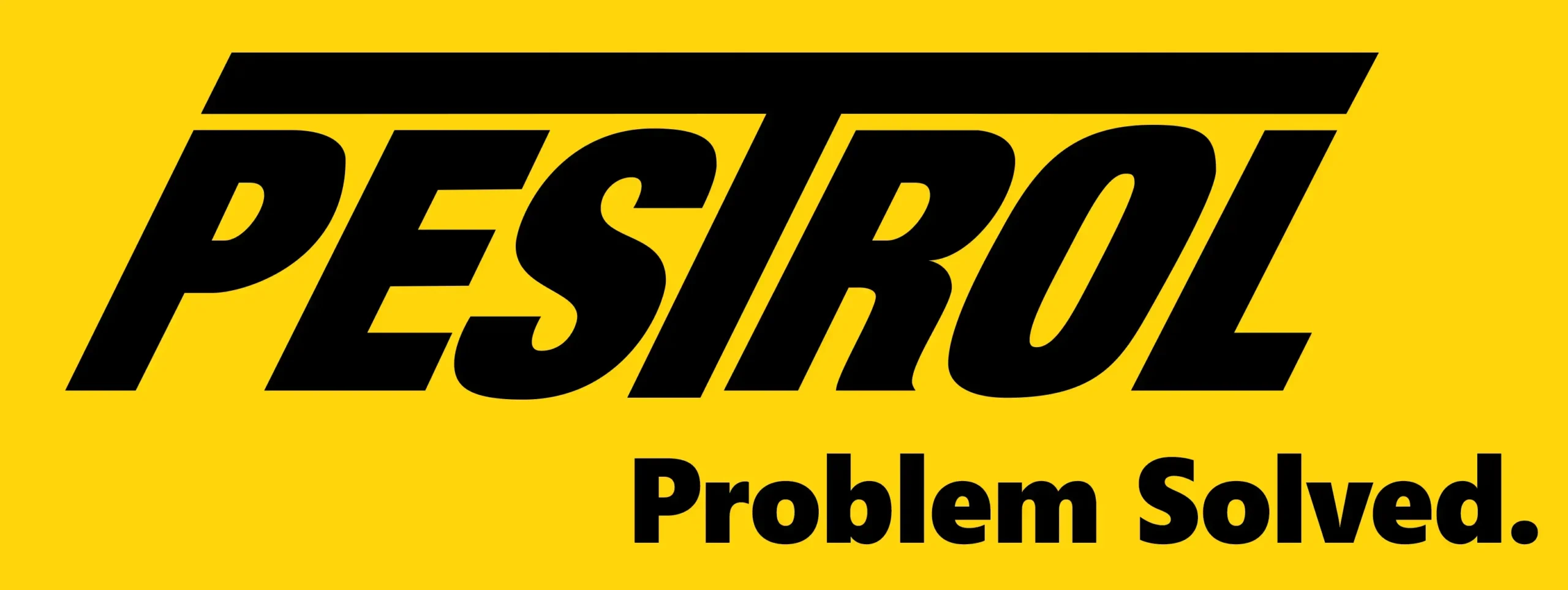
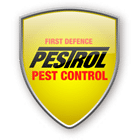



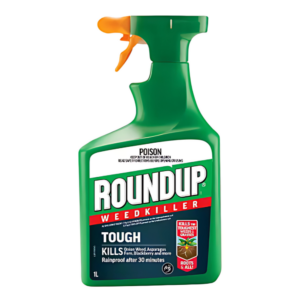
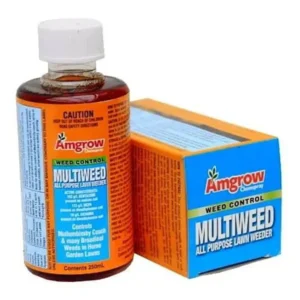
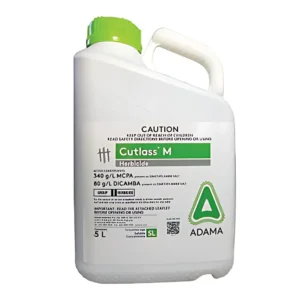
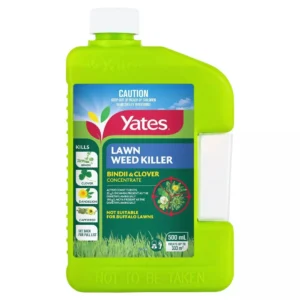
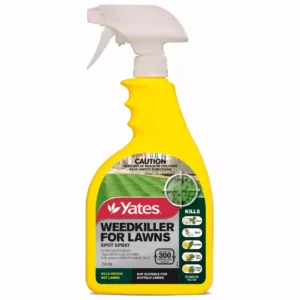
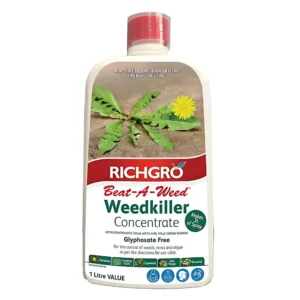
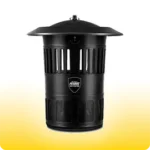 Mosquito Traps
Mosquito Traps